I was talking with a school administrator recently that is retiring from his Superintendent’s position this June.
Earlier this year, his School Board had been discussing and planning a 1:1 laptop initiative. The Superintendent is tech-saavy; he can knowledgeably reboot servers and run commands from terminal, but also knows how to make technology work as a tool and learning companion in his school. He felt obligated to inform me that because he, the technological innovator of their school community, was leaving, there would be no 1:1 initiative next year for sure.
I thanked him for thinking of us, and said, “To be honest with you, I’m glad they are delaying the 1:1.”
While he was surprised at my remark, he agreed wholeheartedly.
I continued to explain that often when we see 1:1 initiatives fail, the school has done their homework on hardware, policies, installation, etc., but hasn’t really thought about how to integrate these tools into their classroom. Instead of multi-media tools, students have a personal (and pricey) word processing device, calculator and entertainment vessel.
Researchers draw the same conclusion: 1:1 initiatives are only good when they are in the hands of teachers that are already innovators in lesson planning and collaboration, and in a school community where administrators set strong models for technology integration. The administrator I was speaking to would have had great success with a 1:1 initiative next year, because his staff already knows how to get the best learning experience from the technology they currently have.
They place the technology in the hands of learners, create developmentally appropriate learning opportunities, and know how to drive value from technology assets. It’s too bad that a 1:1 initiative wasn’t realized two years ago, giving the Superintendent time to implement the program before reaching his retirement this year – we all could have learned from their success.
